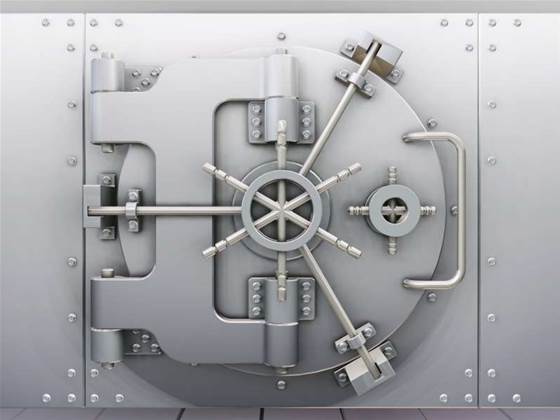
In quantum cryptography, a recipient needs to measure a sequence of photons, or particles of light, transmitted by a sender.
These photons have information encoded in their polarisation, or direction of their electric field.
In the most common polarisation-based protocol, known as BB84, the recipient uses four single-photon detectors, costing approximately US$5,000 - US$20,000 each.
One pair of detectors records photons with horizontal and vertical polarisation, which could indicate zero and one respectively.
The other pair detects photons with 'diagonal', or +/- 45 degree, polarisation in which the 'northeast' and 'northwest' directions alternatively denote zero and one.
In the new method, the researchers, led Xiao Tang, designed an optical component to make the diagonally polarised photons rotate by a further 45 degrees and arrive at the same detector.
However, the photons arrive later, and into a separate "time bin", than the horizontal/vertical polarised ones.
Therefore, one pair of detectors can be used to record information from both kinds of polarised photons in succession, reducing the required number of detectors from four to two.
The boffins concede that their minimum-detector arrangement cuts transmission rates by half, but point out that the system still works at broadband speeds.
This would allow real-time quantum encryption and decryption of webcam-quality video streams over an experimental quantum network, for example.
In another protocol, called BB92, the researchers reduced the required number of detectors from two to one.
And in later work, the researchers further developed their approach so that the popular BB84 method now only requires one detector instead of four.

_(22).jpg&h=140&w=231&c=1&s=0)
_(20).jpg&h=140&w=231&c=1&s=0)







 iTnews Executive Retreat - Security Leaders Edition
iTnews Executive Retreat - Security Leaders Edition











_(1).jpg&h=140&w=231&c=1&s=0)



